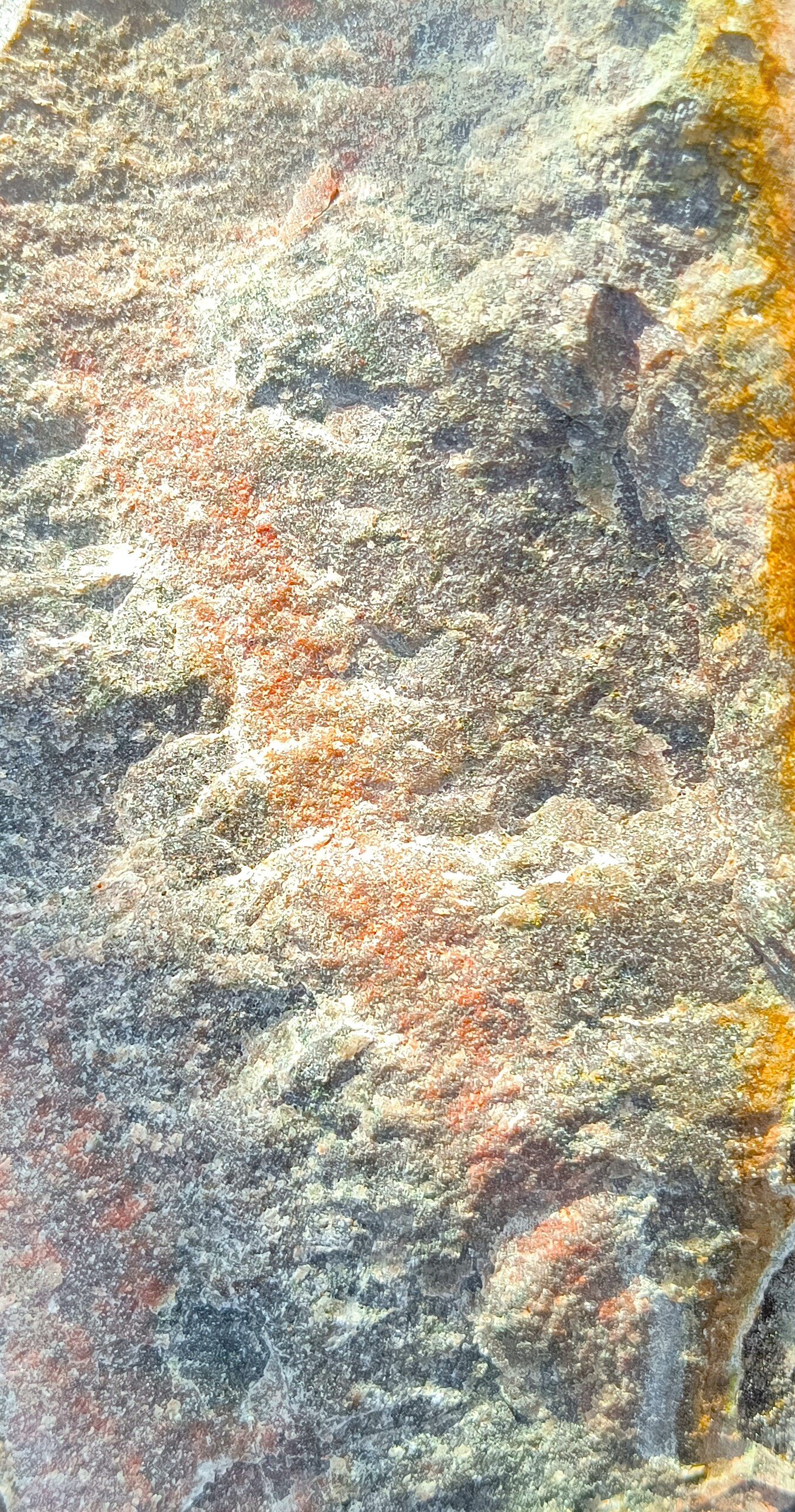
The specific role played by pre-Athabasca Group hydrothermal graphite and massive quartz deposits in terms of contribution to the overall ore system is equivocal. Furthermore, the role played by graphite in unconformity-related uranium deposition is speculative, although all of the largest deposits are directly associated with concentrations of it (Thomas et al., 2000). The scenario presented above provides no insight into the direct influence of graphite on mineralisation; however, it implies altered basement rocks are likely in the direct vicinity of the uranium mineralisation and that graphitized/sulphidised alteration zones are being targeted during exploration. This suggests that there are corridors of alteration that are loosely associated with the Karin Lake formation/Archean unconformity that have the potential for enhanced permeability as well as the narrower planar faults normally assumed. Such corridors could provide access for oxidizing fluids originating in the Athabasca Group to infiltrate a much larger volume of the basement complex, perhaps increasing the prospectivity for basement-hosted deposits. Alternatively, the permeability corridors could provide a volumetrically more significant pathway for reduced, basement-derived fluid that is necessary for the redox-related precipitation of uranium.
Quartzite ridges are typically thought to provide a competency contrast that localizes faulting. Although this may be true, it seems a coincidence that high-grade uranium deposits (e.g., McArthur River, Pheonix and the BJ zone), are closely associated with what might be quartzolites generated during pegmatitic granite emplacement. The most obvious benefit of a pegmatitic granite precursor is the potential for a local source of uranium. Together, a permeable graphitic fluid corridor and quartzolites could potentially become predictive for mineral exploration. [Card, C.D. (2012): The origins of anomalously graphitic rocks and quartzite ridges in the basement to the southeastern Athabasca Basin ; in Summary of Investigations 2012, Volume 2, Saskatchewan Geological Survey, Sask. Ministry of the Economy, Misc. Rep. 2012-4.2, Paper A-6, 15p.]


